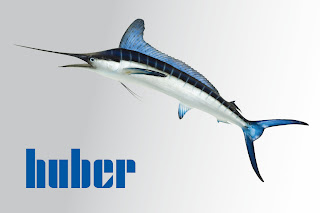Swordfish are able to control the temperature of their eyes and brain independent of the surrounding water temperature. Even when water temperatures are close to freezing, the vascular heat exchanger in the swordfish allows the brain and eyes to be kept between 19°C to 28°C, protecting the nervous system from sudden cooling as the swordfish travels through a wide temperature range. As a consequence, the swordfish is more alert and can detect prey seven times quicker than other predators.
When it comes to temperature control of a process, fast response times can be just as critical. With a temperature range from -120 to +425°C, Huber Unistats are designed for demanding temperature control applications where reliability, predictability and tight control are a necessity in a constantly changing reaction mass. Critical process temperatures can be maintained despite mixing, ingredient addition, exothermic and endothermic reactions. The result of precise temperature control is increased yields, reduced resource consumption and lower running costs.
To demonstrate the rapid response times of the Unistat temperature control systems, Huber produced over 200 case studies which show how effective thermal transfer results in very rapid heating and cooling times.
Huber
